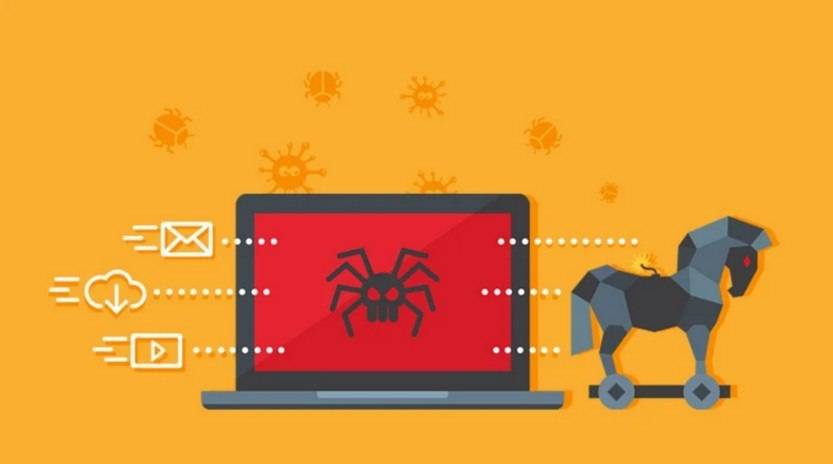Scams have become increasingly prevalent in the digital age, with scammers constantly devising new methods to deceive unsuspecting individuals. One such scam that has gained traction in recent years is the “Payment Was Hold” email scam. This article aims to provide a comprehensive overview of this scam, including what it is, how it works, what to do if you have fallen victim, technical details, and relevant statistics.

What is the “Payment Was Hold” Email Scam?
The “Payment Was Hold” email scam is a type of phishing scam that targets individuals who conduct online transactions. The scam typically involves the victim receiving an email notification claiming that a recent payment they made has been put on hold due to suspicious activity or security concerns. The email often appears to be from a legitimate payment service or financial institution, complete with official logos and branding.
The scammers behind this scheme aim to exploit the victim’s fear and urgency to resolve the issue by providing a link or contact information to purportedly resolve the payment hold. However, these links or contact details lead to fraudulent websites or individuals who attempt to extract sensitive information, such as login credentials, credit card details, or personal identification information.
How Does the “Payment Was Hold” Email Scam Work?
The “Payment Was Hold” email scam typically follows a specific sequence of steps to deceive and defraud victims:
- The victim receives an email notification claiming that a recent payment has been put on hold.
- The email appears to be from a legitimate payment service or financial institution, using official logos and branding to appear authentic.
- The email states that the payment was put on hold due to suspicious activity or security concerns, creating a sense of urgency and concern for the victim.
- The email provides a link or contact information for the victim to resolve the payment hold.
- If the victim clicks on the link or contacts the provided information, they are directed to a fraudulent website or individual posing as a representative of the payment service or financial institution.
- The victim is then prompted to enter sensitive information, such as login credentials, credit card details, or personal identification information.
- Once the victim provides this information, the scammers can use it for various malicious purposes, such as identity theft, financial fraud, or unauthorized access to accounts.
What to Do If You Have Fallen Victim?
If you have fallen victim to the “Payment Was Hold” email scam, it is crucial to take immediate action to minimize the potential damage:
- Change your passwords: Start by changing the passwords for all your online accounts, especially those related to financial services or payment platforms.
- Contact your financial institution: Inform your bank or credit card company about the scam and provide them with any relevant information. They can help monitor your accounts for any suspicious activity and take appropriate measures.
- Report the scam: File a complaint with your local law enforcement agency and report the scam to the appropriate authorities, such as the Federal Trade Commission (FTC) in the United States.
- Scan for viruses and malware: Run a scan with a reputable antivirus or anti-malware software, such as Malwarebytes Free, to ensure your device is not infected.
- Monitor your accounts: Regularly monitor your financial accounts and credit reports for any unauthorized activity. Report any suspicious transactions immediately.
Technical Details of the “Payment Was Hold” Email Scam
The “Payment Was Hold” email scam relies on various techniques to deceive victims and appear legitimate:
- Spoofed email addresses: Scammers often use sophisticated techniques to spoof email addresses, making it appear as if the email is coming from a legitimate source.
- Phishing websites: The links provided in the scam emails lead to fraudulent websites that closely resemble the legitimate payment service or financial institution’s website. These websites are designed to trick victims into entering their sensitive information.
- Social engineering tactics: The scammers employ psychological manipulation techniques to create a sense of urgency and fear in the victim, increasing the likelihood of them falling for the scam.
Statistics on Email Scams
Email scams, including the “Payment Was Hold” email scam, have become a widespread issue affecting individuals and organizations worldwide. Here are some statistics highlighting the prevalence and impact of email scams:
- In 2020, the FBI’s Internet Crime Complaint Center (IC3) received over 241,000 complaints related to email scams, resulting in losses exceeding $1.8 billion.
- According to a report by the Anti-Phishing Working Group (APWG), there was a 22% increase in phishing attacks worldwide in 2020 compared to the previous year.
- Research conducted by cybersecurity firm Proofpoint found that 88% of organizations worldwide experienced spear-phishing attempts in 2019.
Summary
The “Payment Was Hold” email scam is a phishing scam that targets individuals who conduct online transactions. It involves sending fraudulent emails claiming that a recent payment has been put on hold due to suspicious activity or security concerns. The scammers aim to deceive victims into providing sensitive information, which can be used for malicious purposes.
If you have fallen victim to this scam, it is crucial to take immediate action by changing passwords, contacting your financial institution, reporting the scam, scanning for viruses and malware, and monitoring your accounts. The scam relies on spoofed email addresses, phishing websites, and social engineering tactics to appear legitimate.
Email scams, including the “Payment Was Hold” email scam, have become a widespread issue, resulting in significant financial losses. It is essential to stay vigilant and educate oneself about these scams to avoid falling victim to them.










